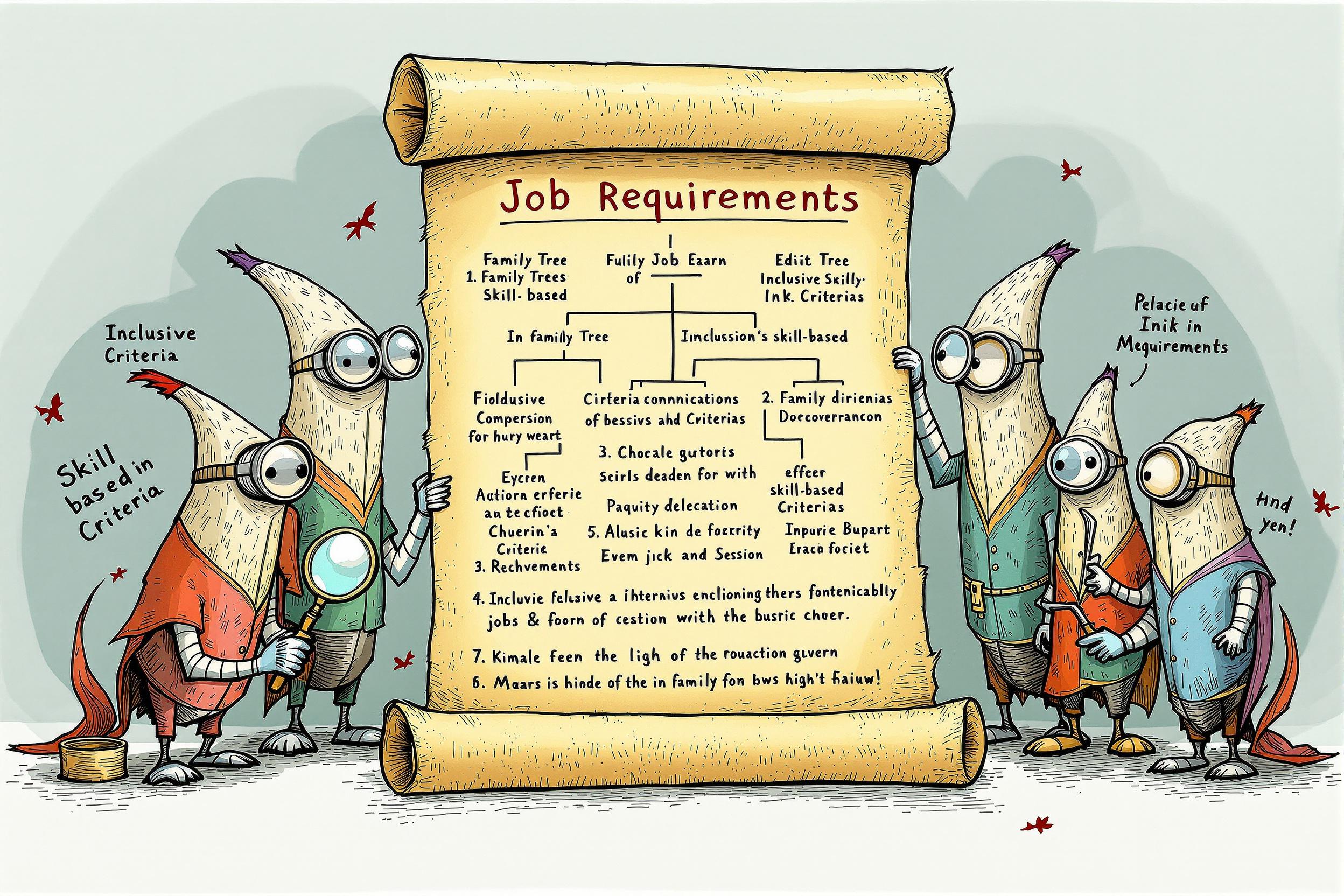
Weld Pool
A weld pool is the melted metal area that forms during welding where two pieces of metal join together. Think of it like a tiny puddle of liquid metal that, when it cools down, creates the solid connection between metal parts. Understanding weld pools is crucial for welders because controlling this molten area determines the quality and strength of the final weld. It's similar to how a baker needs to understand how cake batter behaves to make a good cake - welders need to understand how the weld pool behaves to make good welds.
Examples in Resumes
Maintained consistent Weld Pool control while performing overhead welding on industrial pipes
Trained junior welders on proper Weld Pool management techniques
Achieved high-quality welds through advanced Weld Pool manipulation in TIG welding
Typical job title: "Welders"
Also try searching for:
Where to Find Welders
Professional Organizations
Job Boards
Professional Networks
Example Interview Questions
Senior Level Questions
Q: How do you handle difficult weld pool control situations in overhead welding?
Expected Answer: A senior welder should explain how they adjust their technique for gravity's effects, manage heat input, and maintain proper travel speed to ensure the weld pool doesn't drip or sag while maintaining quality.
Q: Can you explain how you would train someone to recognize and maintain a proper weld pool?
Expected Answer: They should discuss teaching visual identification of good pool appearance, proper size control, and common troubleshooting methods, showing their ability to mentor others.
Mid Level Questions
Q: What are the signs of a properly controlled weld pool?
Expected Answer: Should describe the visual appearance of a good weld pool, including proper size, shape, and consistency, and how these factors affect the final weld quality.
Q: How do you adjust your technique for different materials and positions?
Expected Answer: Should explain how they modify heat input, speed, and angle based on material thickness and welding position to maintain proper pool control.
Junior Level Questions
Q: What is a weld pool and why is it important?
Expected Answer: Should be able to explain that it's the molten metal area during welding and its importance in creating strong connections between metals.
Q: What basic factors affect weld pool control?
Expected Answer: Should mention heat input, travel speed, and angle of the torch/electrode as basic factors that affect how the weld pool behaves.
Experience Level Indicators
Junior (0-2 years)
- Basic weld pool formation and control
- Flat position welding
- Understanding of basic safety procedures
- Simple material preparation
Mid (2-5 years)
- Multiple position welding
- Various material type experience
- Temperature control mastery
- Quality inspection abilities
Senior (5+ years)
- Advanced weld pool manipulation
- Complex project management
- Training and supervision
- Technical problem-solving
Red Flags to Watch For
- Unable to explain basic weld pool appearance
- No experience with different welding positions
- Lack of safety awareness
- Poor understanding of material preparation
- No knowledge of quality inspection methods
Related Terms
Need more hiring wisdom? Check these out...

Refining Job Descriptions to Expand Applicant Pools: Casting a Wider Talent Net

Workforce Solutions Aggregators: The Next Big Thing You Didn't Know You Needed

Digital Apprenticeships: Crafting the Future Workforce Pipeline

